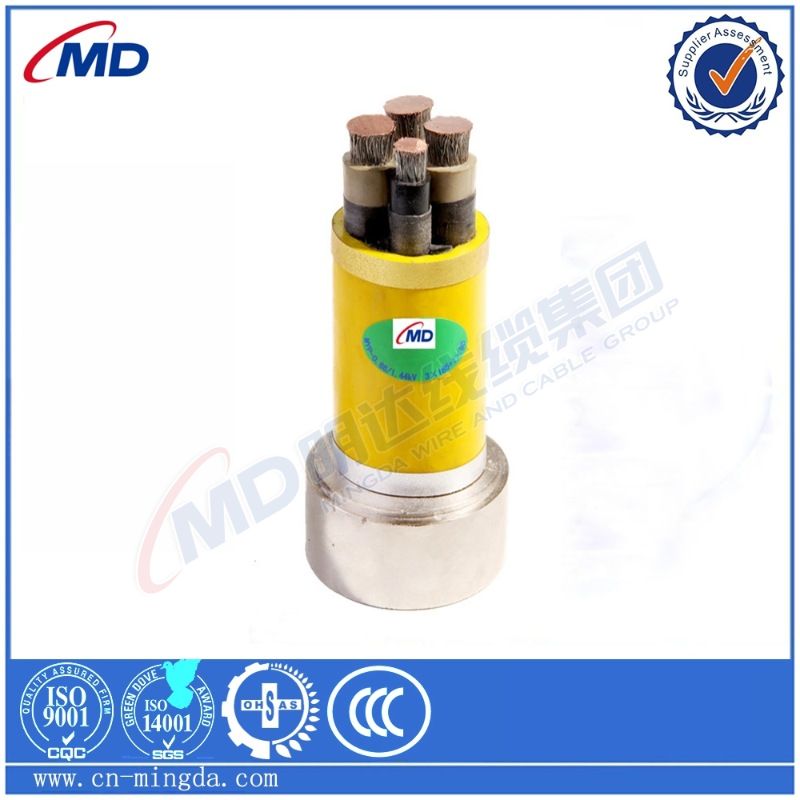9 月 . 04, 2024 22:25 Back to list
flanged butterfly valve
Understanding Flanged Butterfly Valves
Flanged butterfly valves are essential components in various industrial applications, particularly in fluid control systems. They are designed to regulate the flow of liquids and gases efficiently, making them an integral part of piping systems in water treatment plants, chemical processing, food and beverage industries, and HVAC systems.
Structure and Function
A flanged butterfly valve consists of a circular disc mounted on a rotating shaft. When the valve is closed, the disc is perpendicular to the flow of the medium, effectively blocking it. When the valve opens, the disc rotates to a parallel position, allowing fluid to flow through the pipe. The term flanged refers to the valve's design, which includes flanges at both ends for easy connection to the pipeline. This design feature simplifies installation and maintenance.
Advantages of Flanged Butterfly Valves
1. Space Efficiency One of the significant benefits of flanged butterfly valves is their compact size. They occupy less space compared to other valve types, making them ideal for installations where space is limited.
2. Lightweight Construction These valves are typically made from lightweight materials, reducing the overall weight of the piping system. This characteristic is especially advantageous in large-scale installations where reducing weight can minimize structural demands.
3. Cost-Efficiency Flanged butterfly valves are generally more cost-effective than alternative valve types. Their simpler design and ease of manufacturing contribute to lower production costs, which can translate into savings for end-users.
flanged butterfly valve

4. Quick Operation The quarter-turn mechanism allows for rapid opening and closing. This feature is critical in processes where swift flow regulation is required, ensuring efficient system operation.
5. Versatility They can handle various media, including water, slurries, and gases, making flanged butterfly valves versatile for many applications.
Applications
Flanged butterfly valves are widely used across industries. In water treatment facilities, they assist in controlling the flow of water through treatment systems. In the chemical industry, they regulate corrosive and non-corrosive fluids. In HVAC systems, they help manage airflow and temperature control.
Installation and Maintenance
Installing flanged butterfly valves is straightforward, thanks to their flanged design that allows for easy bolting to the pipe. Regular maintenance involves checking for leaks and ensuring the disc operates smoothly. Lubrication of the shaft and seals is also recommended to prolong the valve's lifespan.
Conclusion
In summary, flanged butterfly valves play a crucial role in modern industrial applications, providing efficient flow control solutions across a wide range of industries. Their compact design, cost-effectiveness, and versatility make them a preferred choice for many engineers and technicians. With proper installation and maintenance, these valves can offer reliable performance and contribute significantly to the efficiency of fluid control systems. As industries continue to evolve, flanged butterfly valves will remain pivotal in ensuring operational effectiveness and safety.
Share
-
Understanding the Differences Between Wafer Type Butterfly Valve and Lugged Butterfly ValveNewsOct.25,2024
-
The Efficiency of Wafer Type Butterfly Valve and Lugged Butterfly ValveNewsOct.25,2024
-
The Ultimate Guide to Industrial Swing Check Valve: Performance, Installation, and MaintenanceNewsOct.25,2024
-
Superior Performance with Industrial Swing Check Valve: The Essential Valve for Any SystemNewsOct.25,2024
-
Industrial Swing Check Valve: The Ideal Solution for Flow ControlNewsOct.25,2024
-
You Need to Know About Industrial Swing Check Valve: Functionality, Scope, and PerformanceNewsOct.25,2024